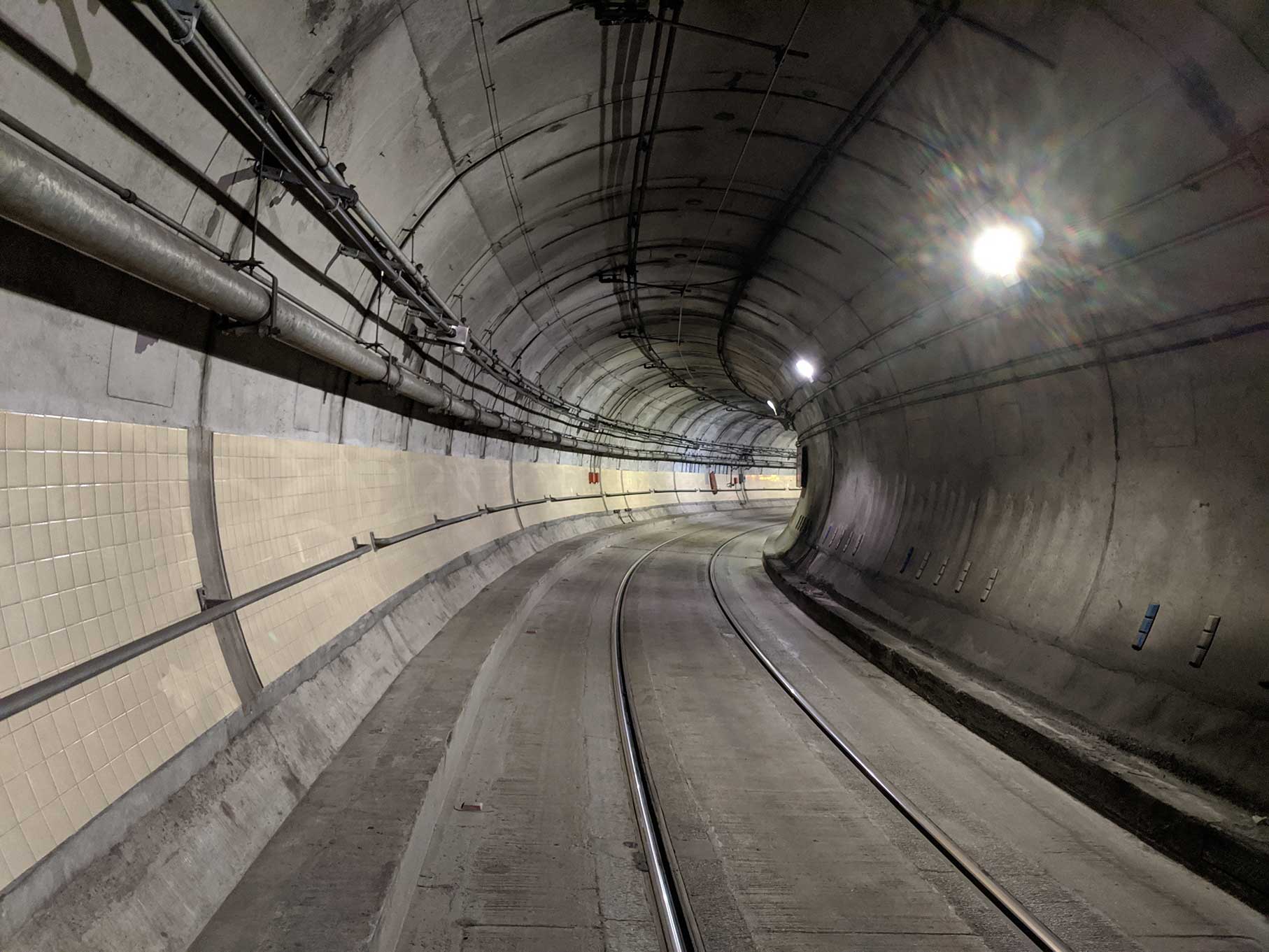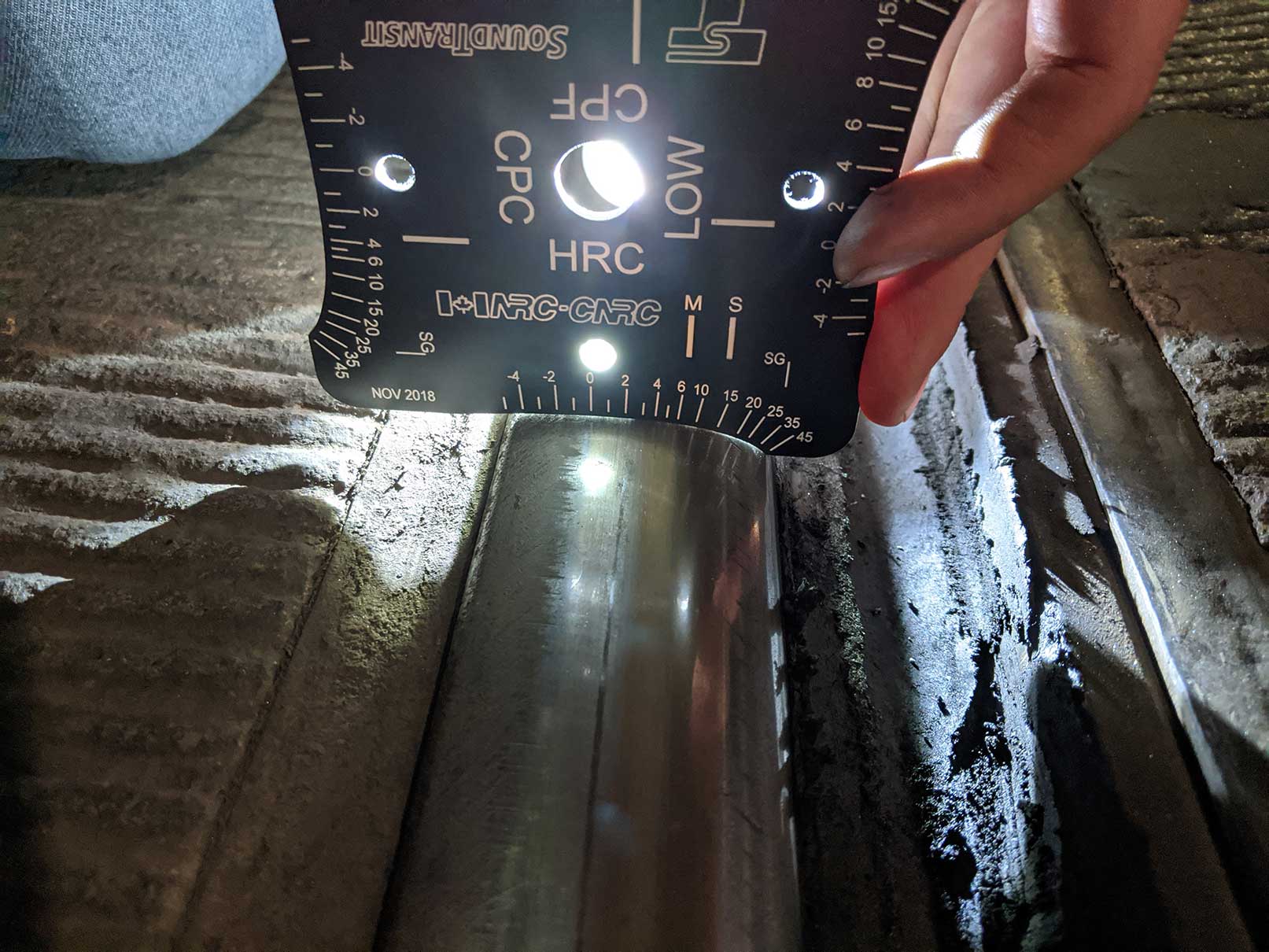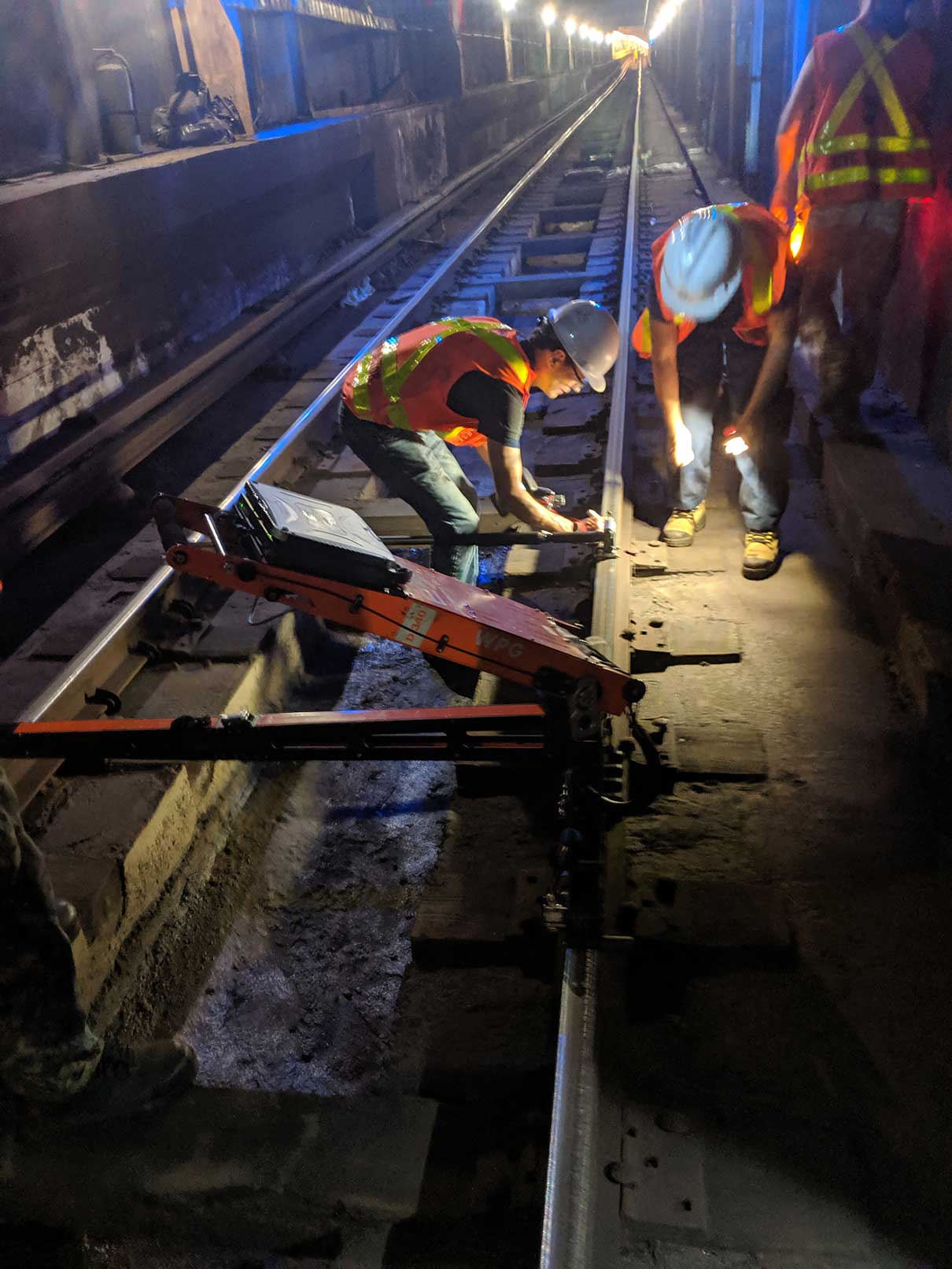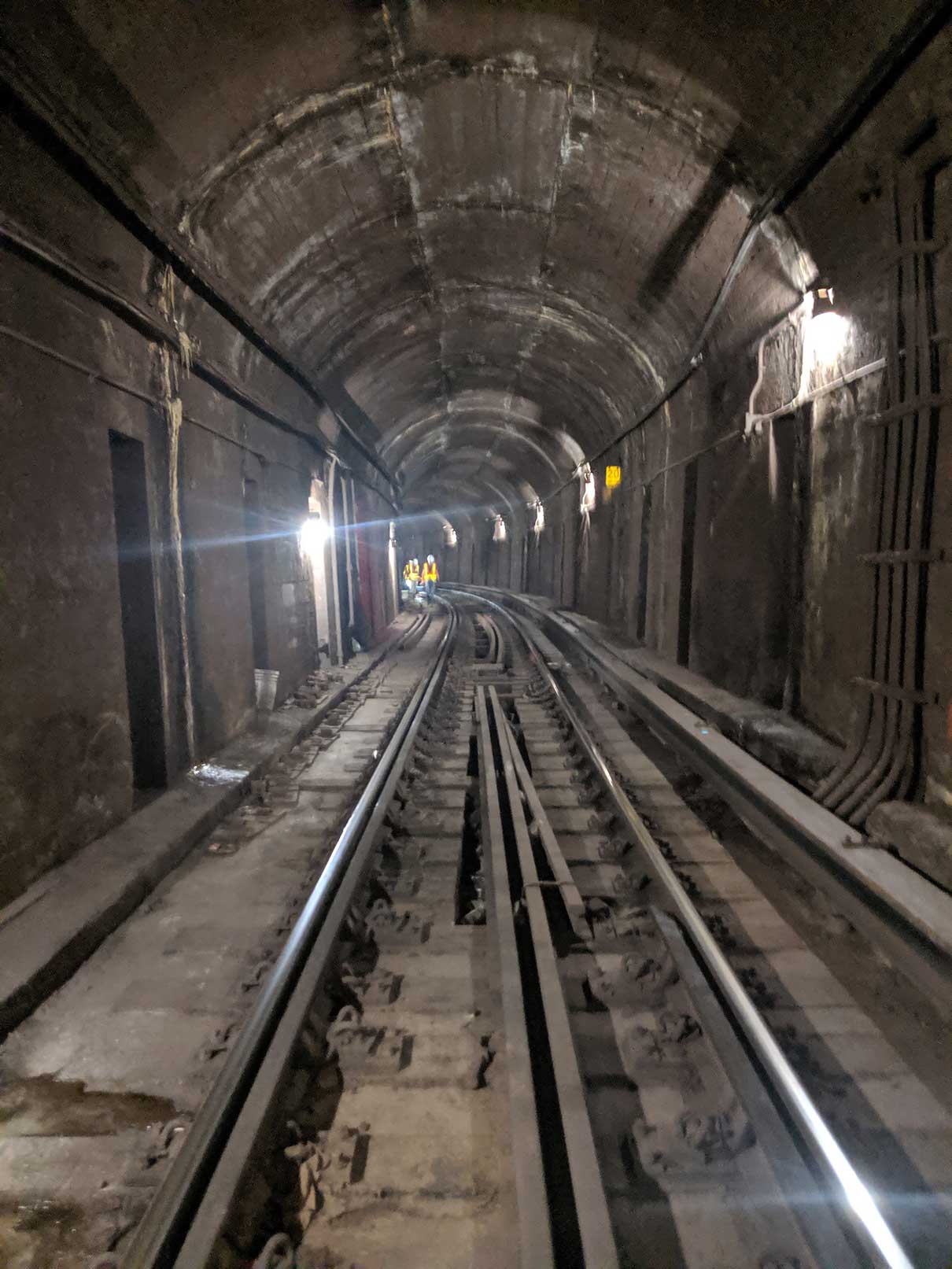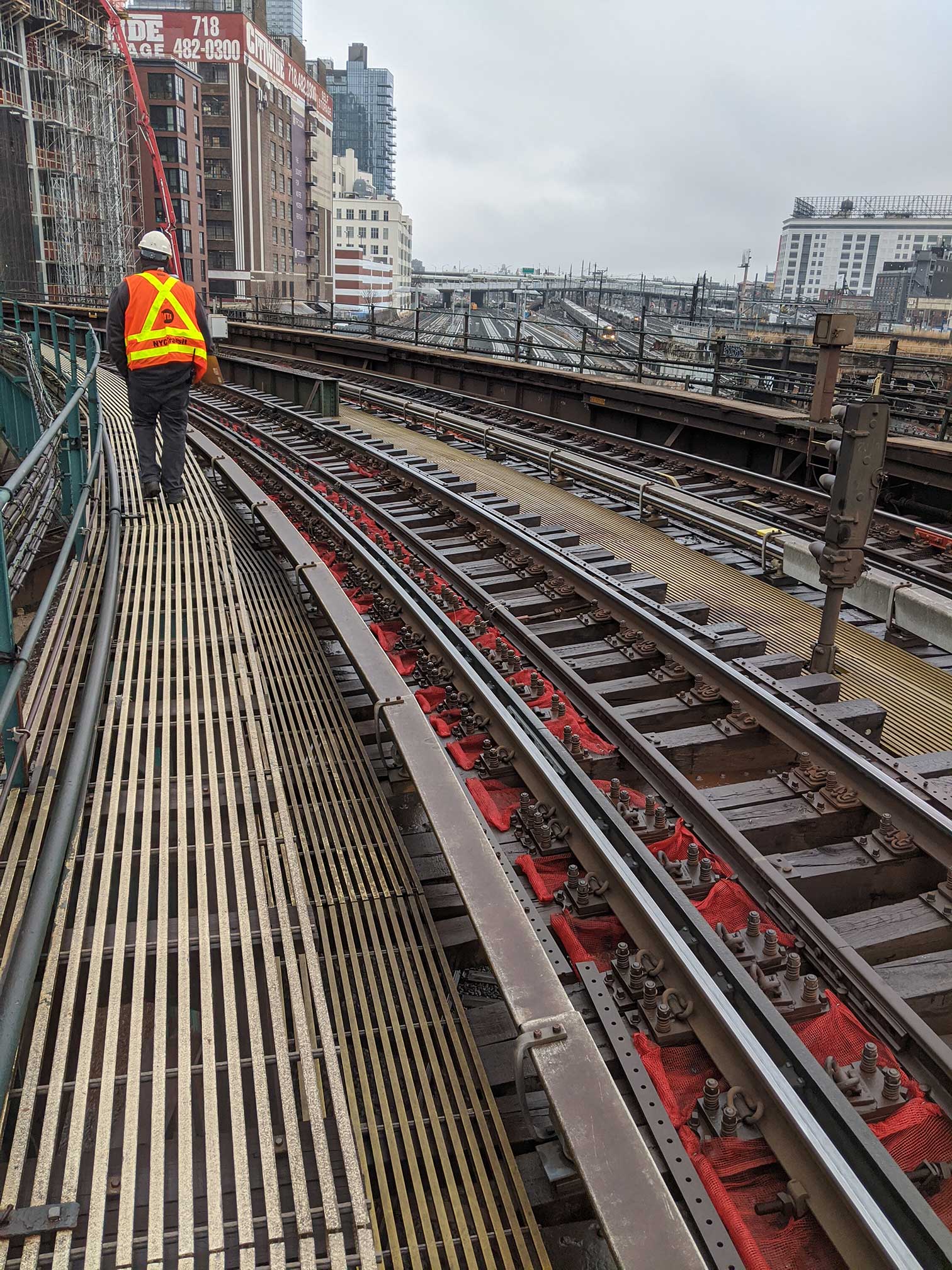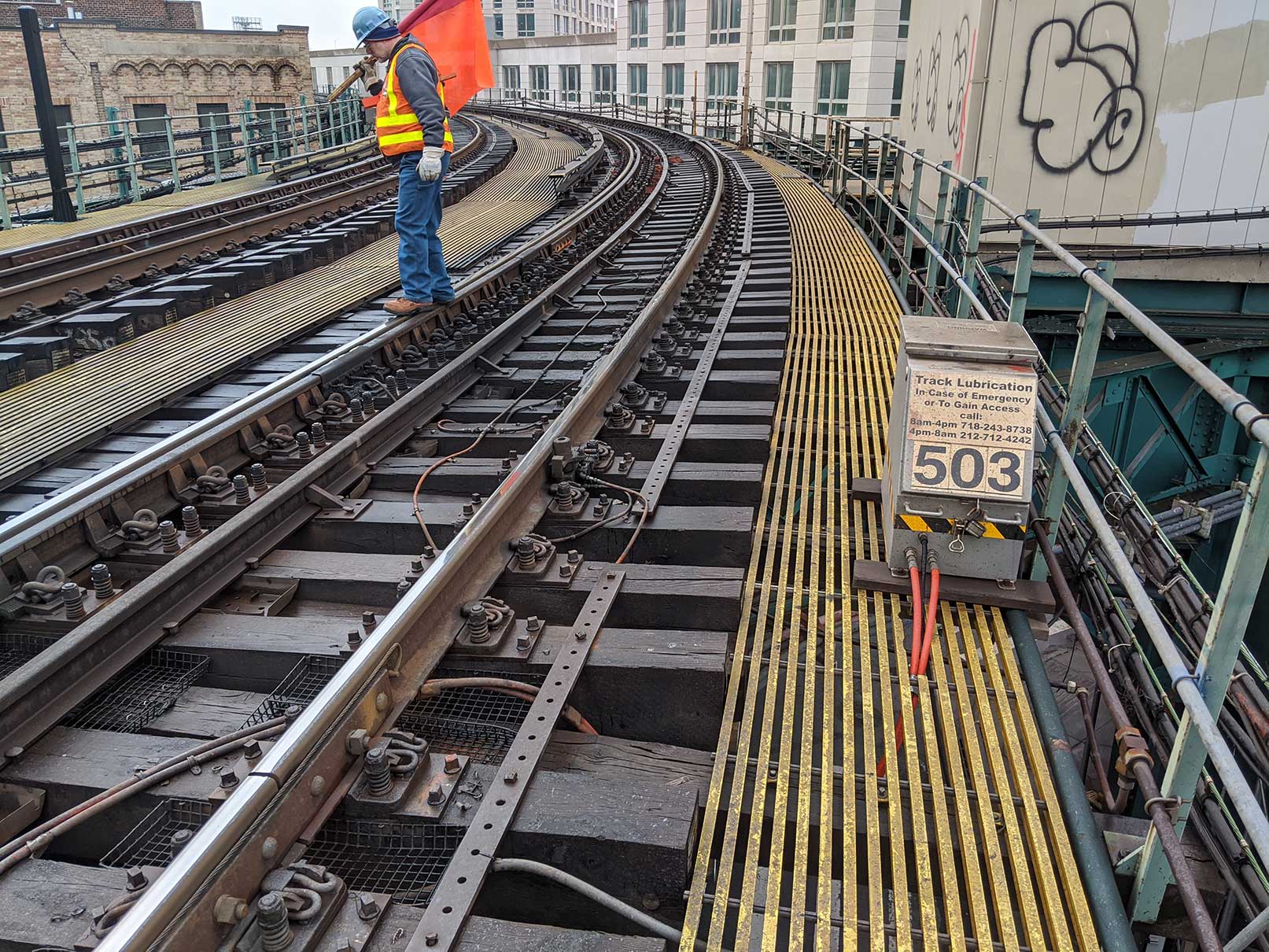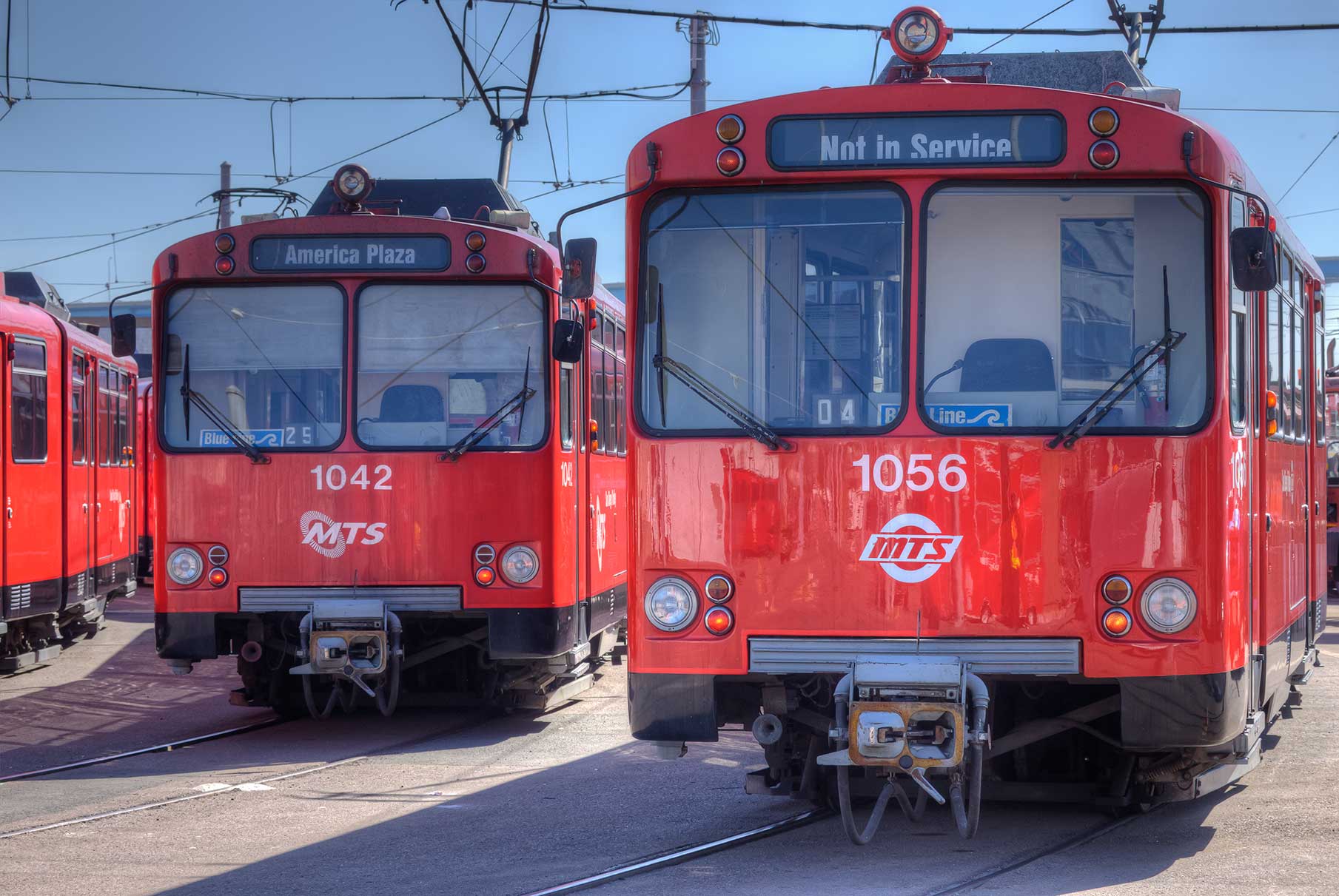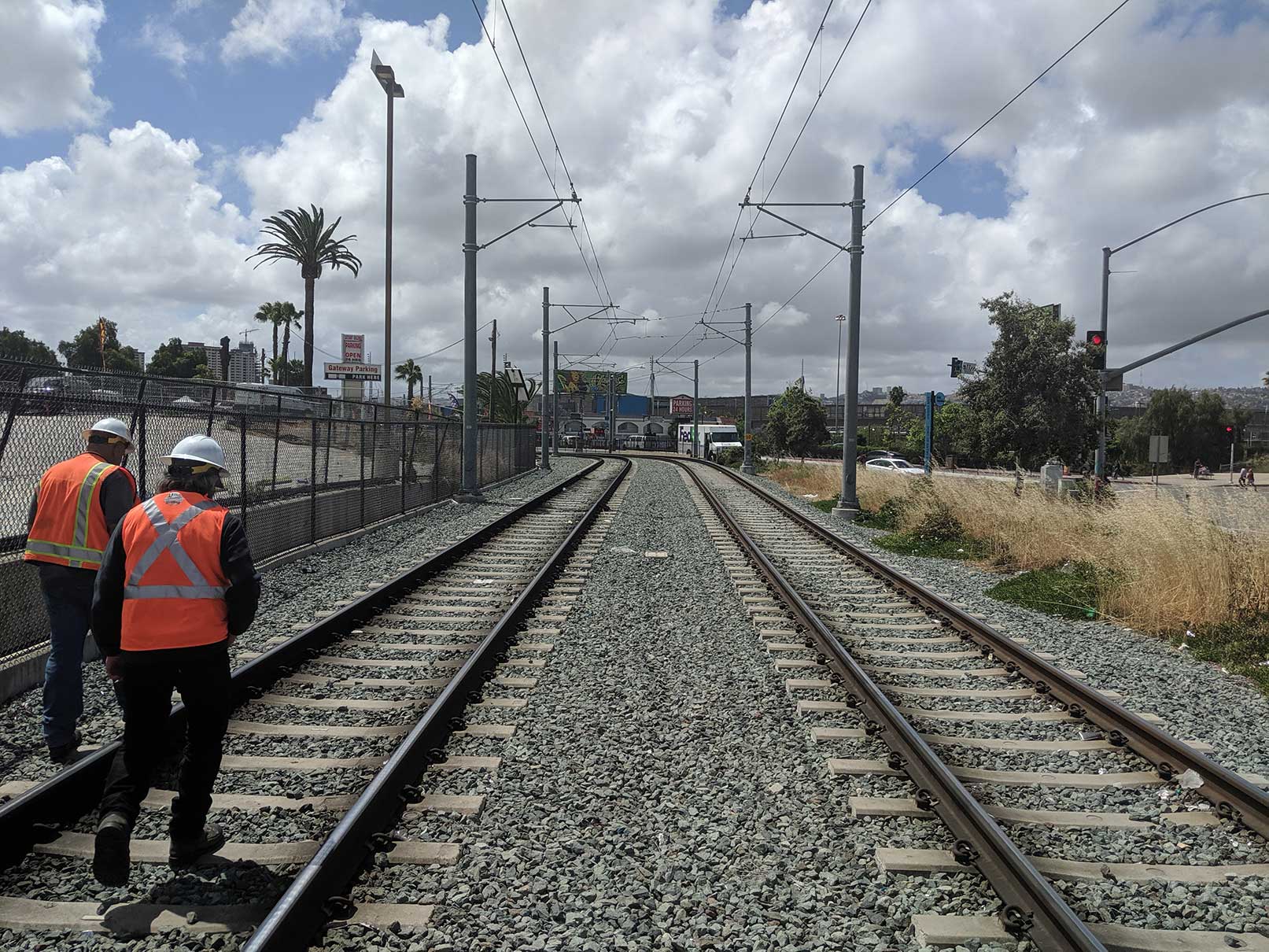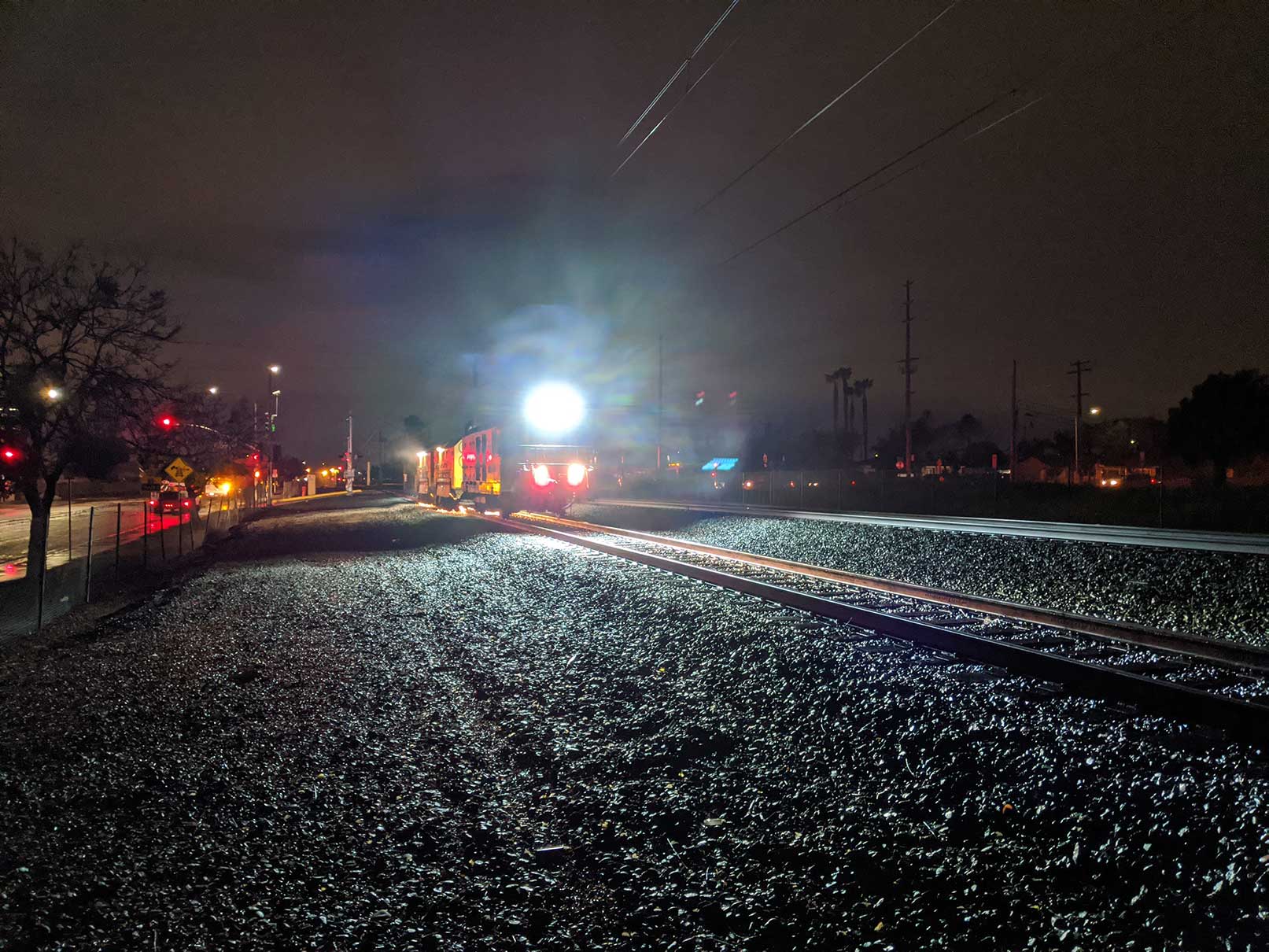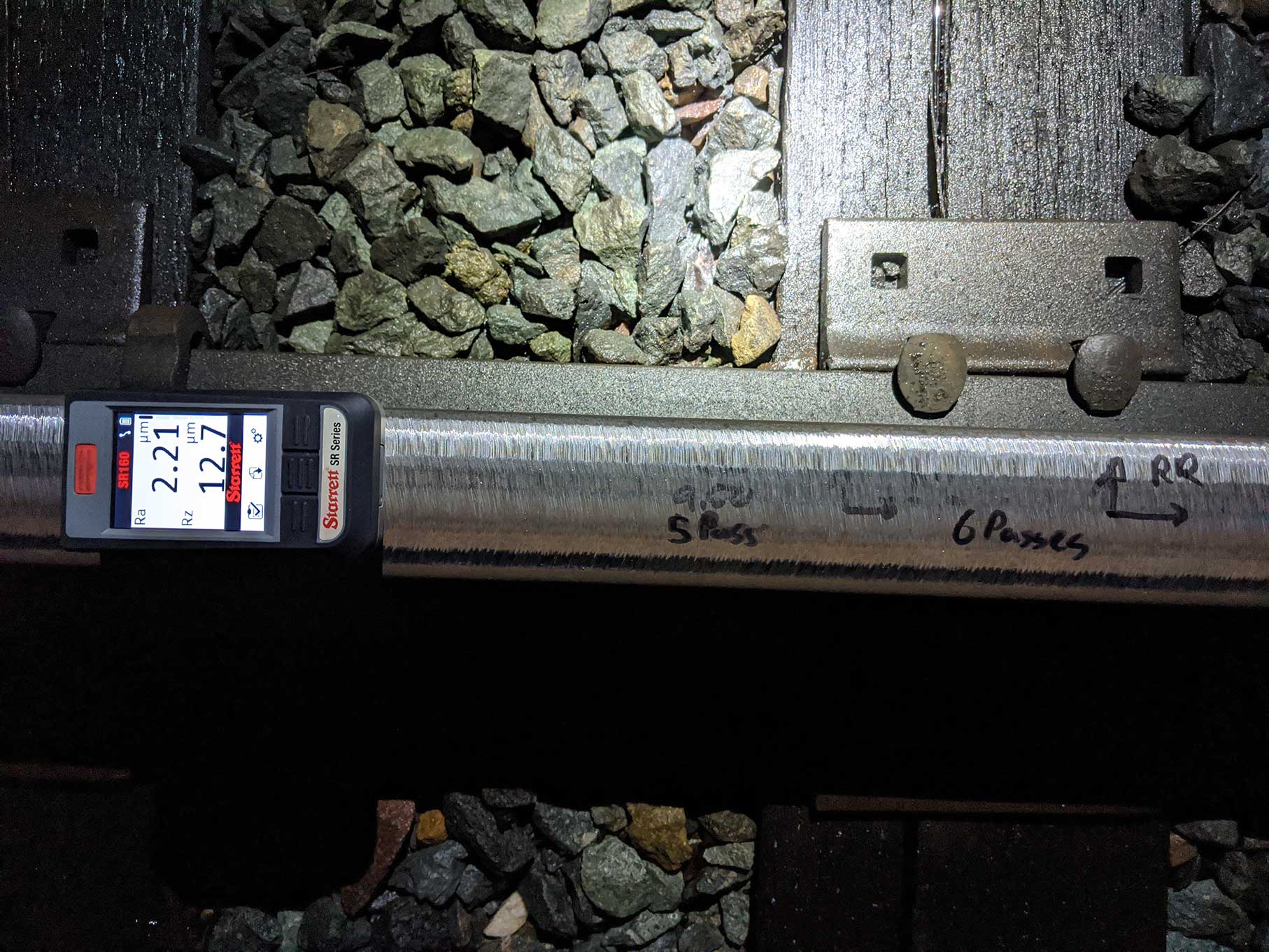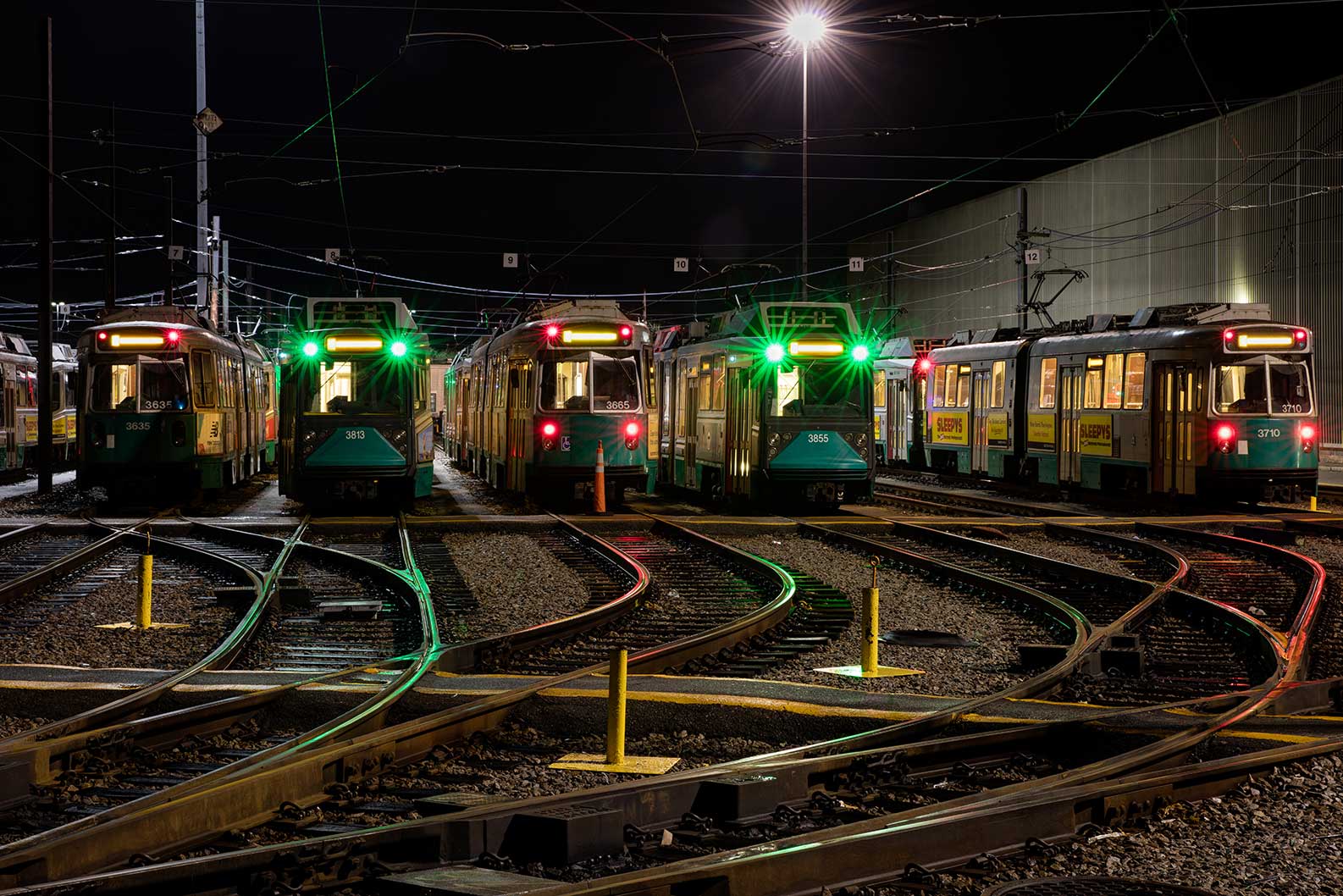Projects
30 years of rail profile, track condition, grinding and capital program planning projects




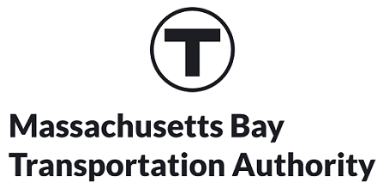




Bay Area Rapid Transit (BART)
January 2018–Present
Description
Wheel Rail Optimization Services.
As part of the Fleet of the Future Project, BART is upgrading their entire revenue service fleet – with these new cars come new wheels with a BT-3 profile to replace the cylindrical wheels that have been standard at BART since its inception in 1972.
ARM Role
Along with this fleet upgrade – through a multi-year, year-round agreement – Advanced Rail Management, in conjunction with NRC, is performing three key tasks for BART: Providing nightly grind QA/QC for the operation of BART's two rail grinders as they implement new rail profiles developed by NRC to match the new wheels, developing and executing a long-term rail maintenance program, and confirming the reduction of rolling contact fatigue and corrugation via scheduled data collection, processing, analysis, and presentation with support from NRC.
Added Value
ARM's efforts to help reshape the rail profile are expected to help result in cost savings of $1.86 million in wheel maintenance, and a reduction in 9,000 total hours of car dwell per year. Noise levels at certain areas of interest have dropped by as much as 20dB, and noise complaints have dropped by 73% since ARM's involvement. By implementing the custom NRC rail templates to match the new fleet and wheel profile, ARM is expecting significant extension of life for existing rail on the BART network.
Key Partners



TransLink Vancouver SkyTrain
2014–Present
Description
- Phase I and II of Rail Condition Analysis and Status for TransLink's Expo and Millennium Lines
- Multi-Year Rail Grinding Program
ARM Role
ARM was the primary contractor responsible for rail condition analysis and status working with NRC. The work was a response to rail breaks and suspect rail conditions that had occurred recently. The project reviewed recent ultrasonic testing at areas of concern, particularly at glued rail joints, surface spalling, surface cracking, and an excess of RCF. ARM reviewed existing information on the BCRTC rail network and conducted a detailed system inspection to create recommendations to meet the immediate needs of the rail system.
Following the Condition Analysis, ARM has been leading a Rail Grinding program since 2015. This program transitioned from heavy corrective grinding (removal of corrugation) towards a preventive grinding program in tandem with the SkyTrain-owned grinder and the ARM-lead LORAM production grinder. ARM has used multiple stone grit sizes and equipment settings (speed, amperage) to balance metal removal (for surface defects and corrugation) and rail finish.
Added Value
ARM provided the expertise to save rail that was scheduled to be replaced at many problem locations on the TransLink network, namely bonded joints. Significant noise reductions and an improvement in ride quality were also noticed as a result of the ongoing grinding program.
Key Partners

Seattle Sound Transit
2018–Present
Description
- Turnkey Rail Grinding & Rail Management Services
- Wheel/Rail Interface Study
ARM Role
Since 2018 ARM has been involved with Sound Transit for two separate but related projects. The first project is a series of turnkey rail grinding programs to provide the QA/QC and supervision for grinding through the entire existing alignment and various new extensions. These grinding programs have been unique in North America due to the advanced grinding specifications developed by Sound Transit. The specifications provide a tight tolerance for rail surface roughness in an attempt to further reduce noise and vibration caused at the wheel/rail interface. ARM was able to develop and execute a grind program that met these specifications and has since seen an uptick in similar specifications at transit agencies trying to reduce system noise and vibration.
The second project ARM is involved in is a system-wide wheel/rail interface study to identify root causes of wheel and rail damage and review noise and vibration causes. We work closely with the CNRC and ATS Consulting to collect and analyse data, perform trending work, and provide recommendations on potential changes to further improve system wide performance. Much of this project is focused on understanding the cause of squat-like defects that are forming throughout the system.
Added Value
Onboard train noise measurement decreased system-wide by between 6 and 8 dBa following the acoustic grinding program. This substantial improvement saved Sound Transit tens of millions of dollars by eliminating the need for noise attenuation walls and engineering for various other solutions such as float slabs. ARM has since presented these findings across North America and is providing recommendations for reducing noise and vibration for various other transit agencies.
Key Partners



MTA New York City Transit
2019–Present
Description
Rail Grinding Maintenance and Supervision
ARM Role
ARM is the project lead to review and improve the rail grinding practices at NYCT. For various reasons, there has been little rail grinding undertaken in the past, an omission that is currently being addressed through three contract service LORAM rail grinders. ARM is working closely with the NRC as well as Iron Mustache to complete five primary tasks in support of the ongoing rail grinding. This work includes development of a defect database for work prioritization and rail damage mitigation, development of a five-year rail grinding program, updating rail profiles, train MTA staff in inspection and grinding QA/QC, update standards and specifications, provide recommendations on proper friction management practices, and assess the opportunity for new technologies in rail profiling.
The overall goal is to complete the restorative and corrective grinding efforts and move NYCT into a more preventive and methodical approach to rail grinding over the span of the 3 year contract.
Added Value
ARM is in the early stages of this program but expect a significant increase in rail grinding productivity as the plan develops. In addition, ARM is exploring the use of alternative equipment to rail grinding for those areas that are sensitive to sparks, falling debris, and dust such as stations and elevated track.
Key Partners

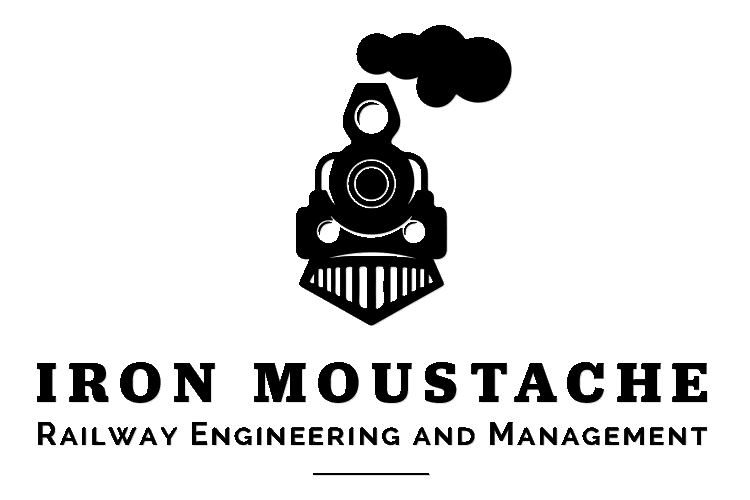
San Diego Trolley
2008–2013
Description
Turnkey Rail Grinding & Rail Management Services
ARM Role
ARM implemented a five-year turnkey contract rail management project which involved both vehicle/track engineering efforts as well as contract services relating to the implementation of recommended design changes for wheel and rail profile designs, and lubrication strategy. Included subcontract to provide rail grinding equipment for the duration of the contract, Coordinated all efforts between client, subcontractors, and ARM staff. Considerable logistics involved to execute various field activities relating to laser-based data collection for measuring rail conditions and implementing rail grinding during each annual rail grinding program.
Added Value
ARM was able to extend the life of what was thought to be condemned, 90lb rail by 2-3 years in most cases. Noise measurements decreased along with an overall improvement in ride quality.
Key Partners


Massachusetts Bay Transportation Authority (MBTA)
2002–Present
Description
Turnkey Rail Grinding & Rail Management Services
ARM Role
ARM was originally hired by MBTA in 2002 to support an extensive effort relating to severe problems being experienced with new vehicles being introduced on their light rail (Green) line. ARM participated in a large consortium of consultants to address these problems and was called upon to design corrective actions to address immediate concerns with derailments of these new vehicles, as well as implement recommendations.
A major portion of these efforts involved a careful analysis of the entire 45 track miles on the Green Line. This required Optical Rail Measurement technology to scan the rail every foot to create a library of rail profile and wear conditions. Data was analyzed by ARM staff to help implement a system-wide rail grinding program to initially correct very unsafe rail wear patterns (i.e. Shelf conditions), followed by the installation of a set of rail profiles designed by ARM. This effort took about 4-5 years to complete, requiring somewhat year-round services to MBTA during the mid 2000's.
ARM continued to support MBTA after this significant task was completed around 2009 and still performs rail grinding QA/QC and Optical Data Collection at MBTA on a regular basis.
Added Value
Following completion of rail profile and gauge face grinding and conversion to an intermediate wheel profile, MBTA saved approximately $27 million in implementation costs, along with ride quality improvements and a drastic reduction in premature wheel wear and retruing. Full details on ARM's added value to this project were originally published in the July 2006 issue of Interface, the Journal of Wheel/Rail Interaction.
Key Partners

Caltrain
2008–2012
Description
Wheel Rail Optimization Services
ARM Role
Turn-key Contract to provide Caltrain with a comprehensive package of consulting services and contract services for analyzing and implementing strategy which supports optimization of the rail/wheel interface.
ARM carried out a four-year Rail Maintenance and Rail Grinding Program for Caltrain, including spot and production rail grinding. NRC carried out a review of gauge face lubrication as part of this project.
ARM was responsible for providing services for rail maintenance analysis and production rail grinding inclusive of program planning, program execution, and economic analysis for Caltrain’s annual and long-term Rail Maintenance Program. The program included analysis of rail wear, recommendations for, management of, and provision of rail grinding for profile enhancement and defect removal.
ARM provided rail maintenance analysis for the main tracks in the entire Caltrain system every fiscal year (July to June) over the four years of the contract, and provided rail grinding services authorized by Caltrain for each fiscal year.
An important part of ARM's responsibilities related to the rail grinding implementation was to provide a Rail Grinding Specialist with proven rail grinding industry experience to apply the best available rail grinding technology in completing this multi-year contract.
Added Value
Ride quality improvements, mainly through a reduction of hunting on tangent track, were achieved as a result of supervised production rail grinding. Surface rail defects that were present in rail such as corrugation, visible shelling, and spalling were also removed.
Key Partners

Los Angeles MetroLink (SCRRA)
Description
Turnkey Rail Maintenance & Rail Grinding Services
ARM Role
ARM implemented a five-year turnkey contract rail management project which involved both vehicle/track engineering efforts as well as contract services relating to the implementation of recommended design changes for wheel and rail profile designs (developed by NRC), and lubrication strategy. Included subcontract to provide rail grinding equipment for the duration of the contract, Coordinated all efforts between client (SCRRA), subcontractors, and ARM staff. Considerable logistics were involved to execute various field activities relating to laser-based data collection for measuring rail conditions and implementing rail grinding during each annual rail grinding program.
Added Value
Significant improvements were made as a result of wheel and rail profile alteration and supervision of production rail grinding. Curves with severe gauge face wear that were thought to be condemnable had their usage life extended by 2-3 years in most cases.
Key Partners

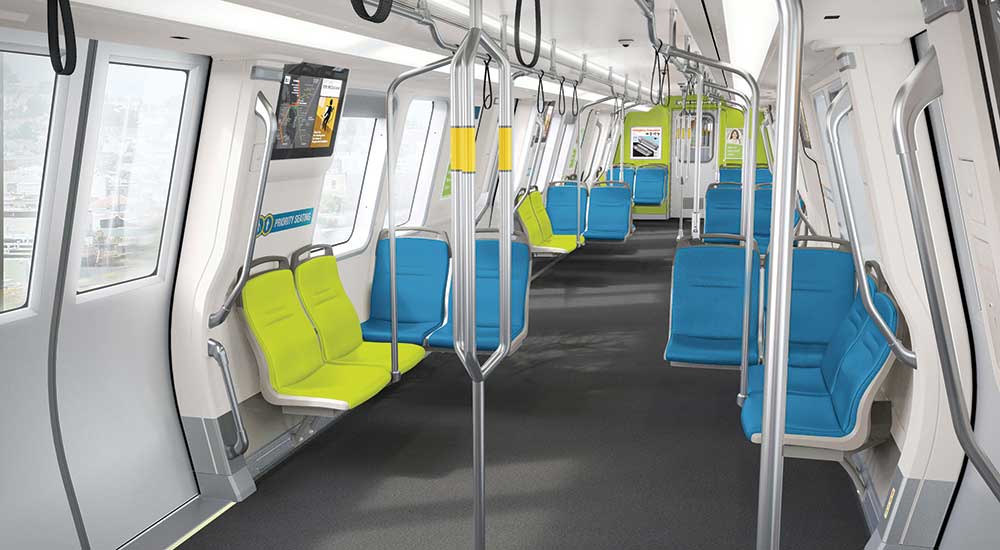
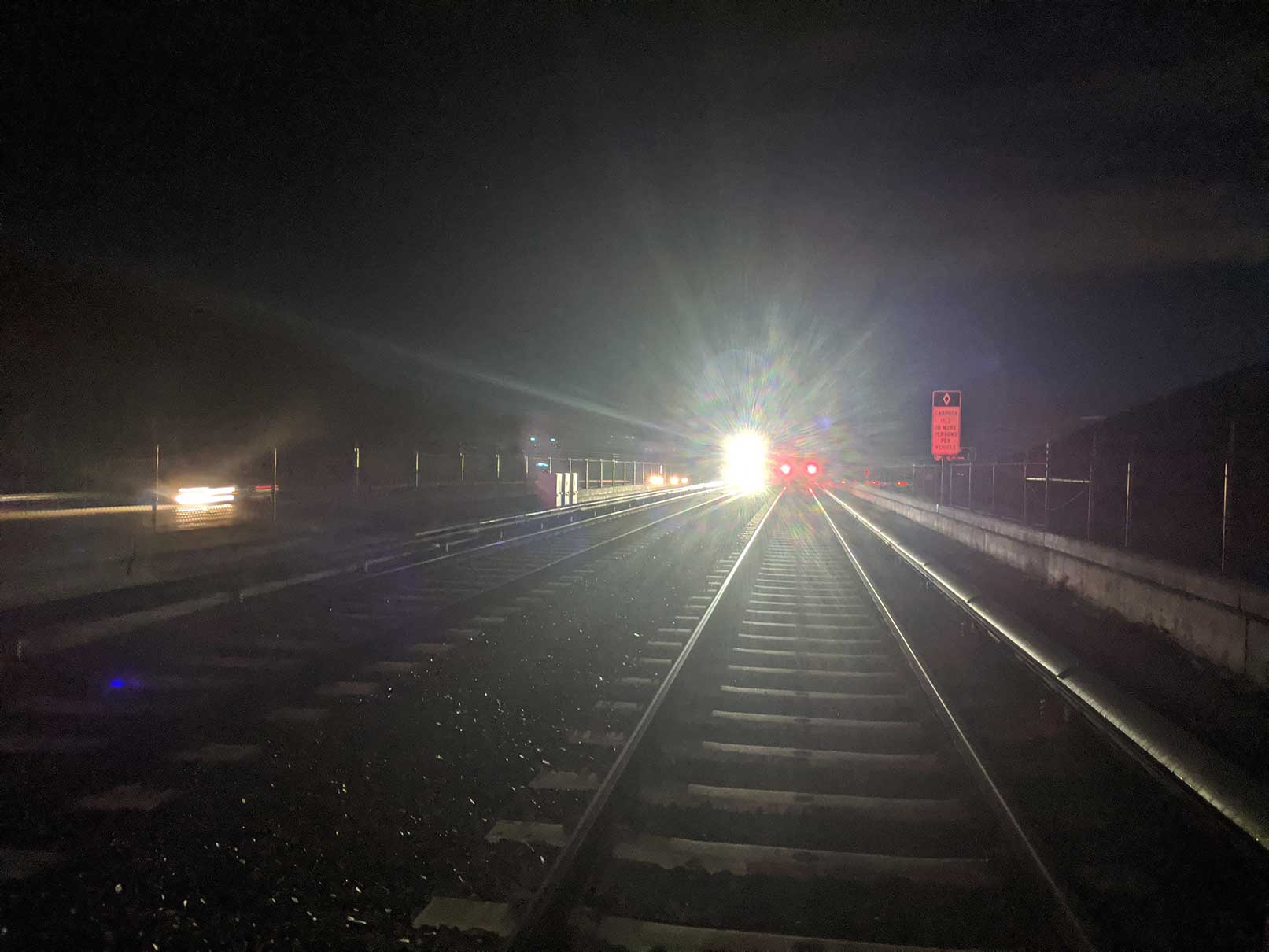
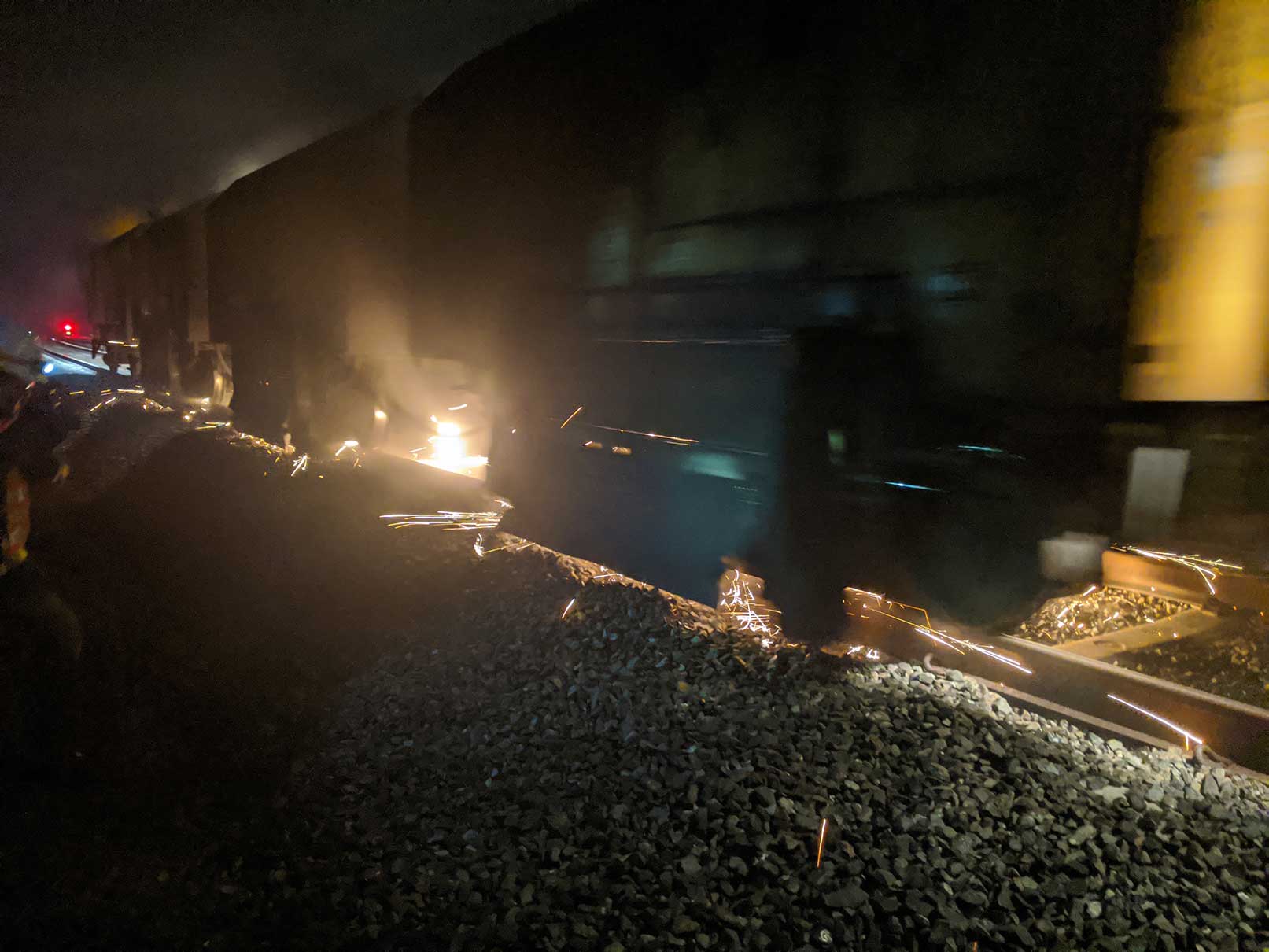
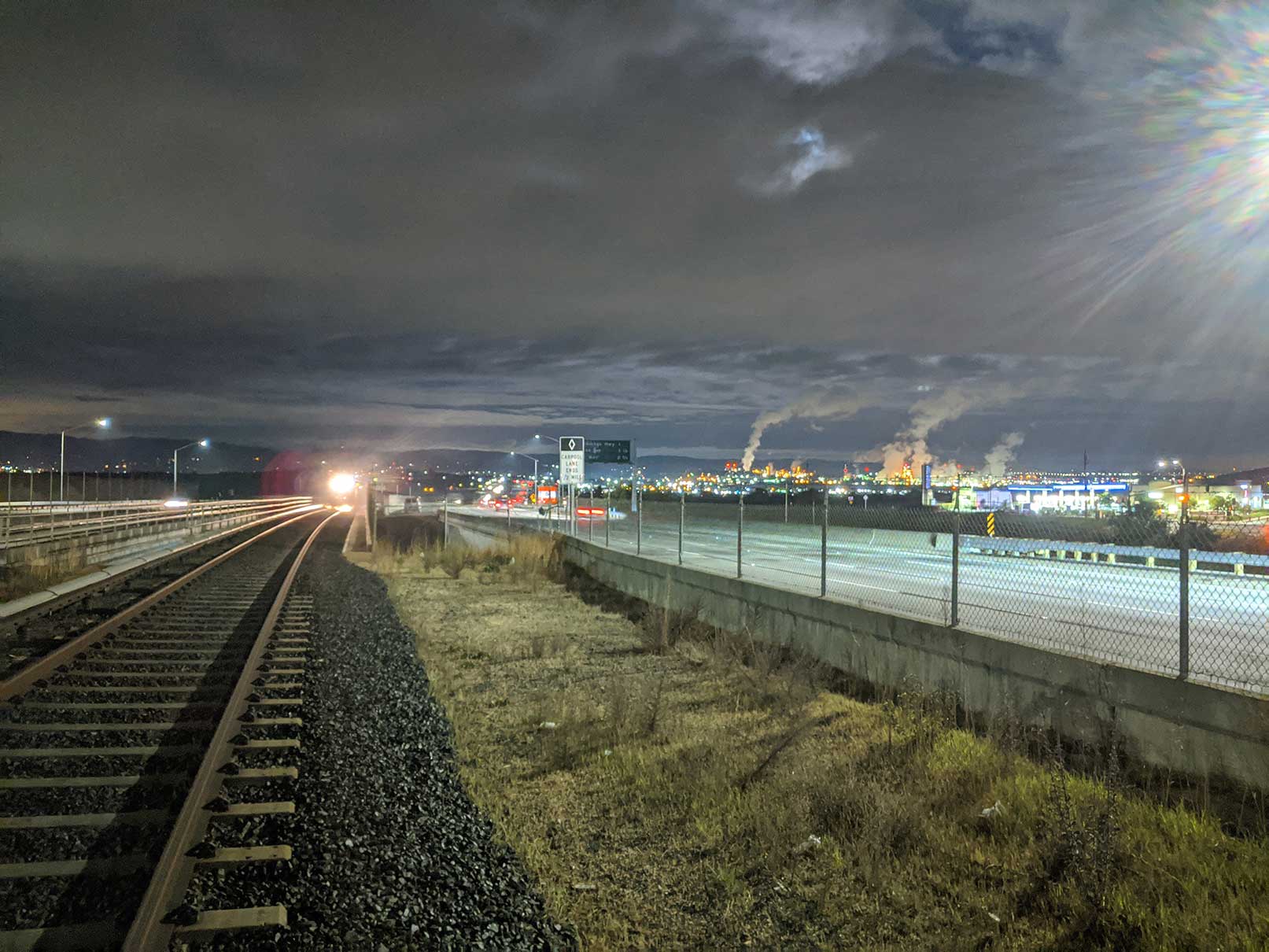
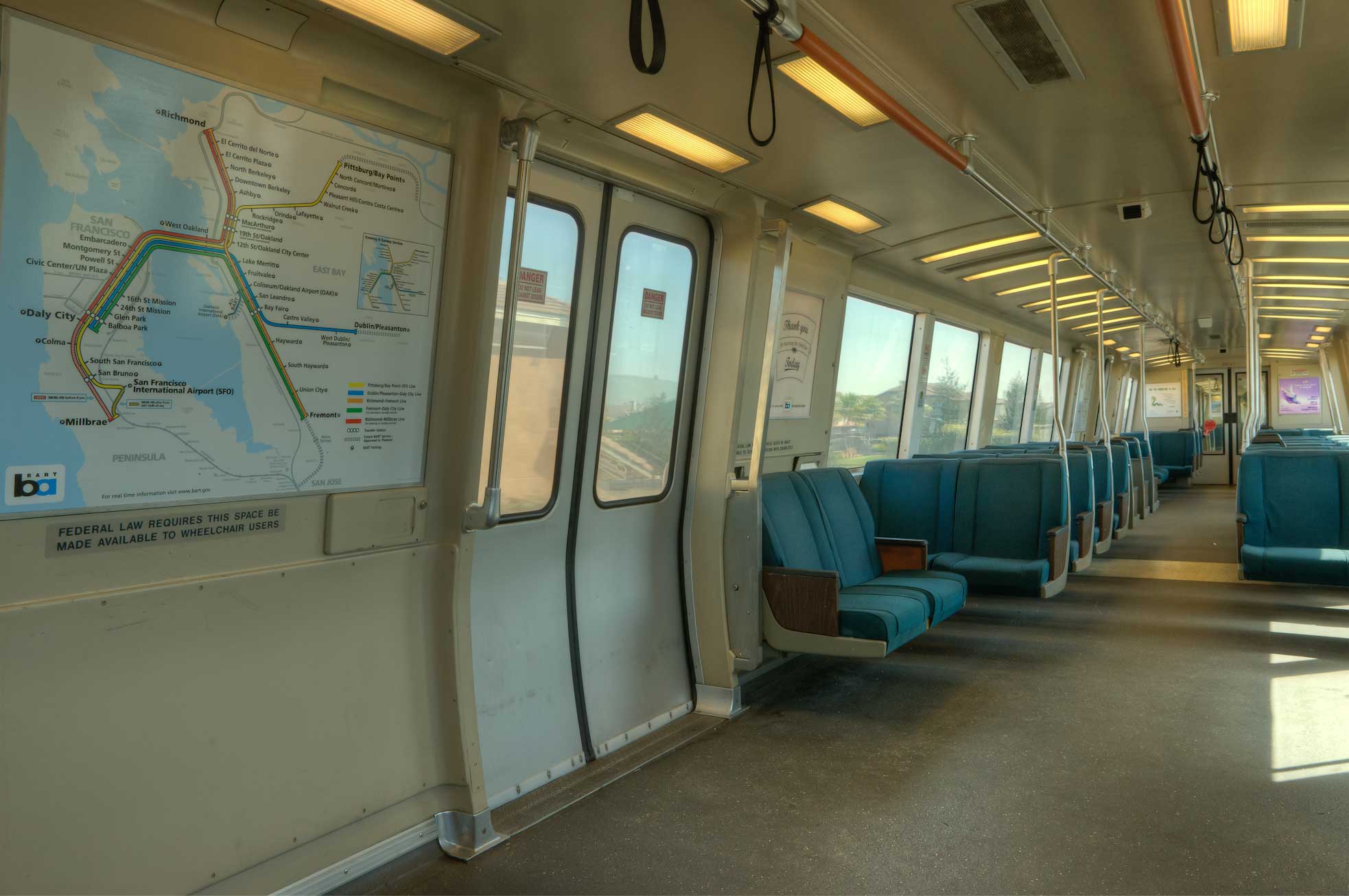


.jpg)
